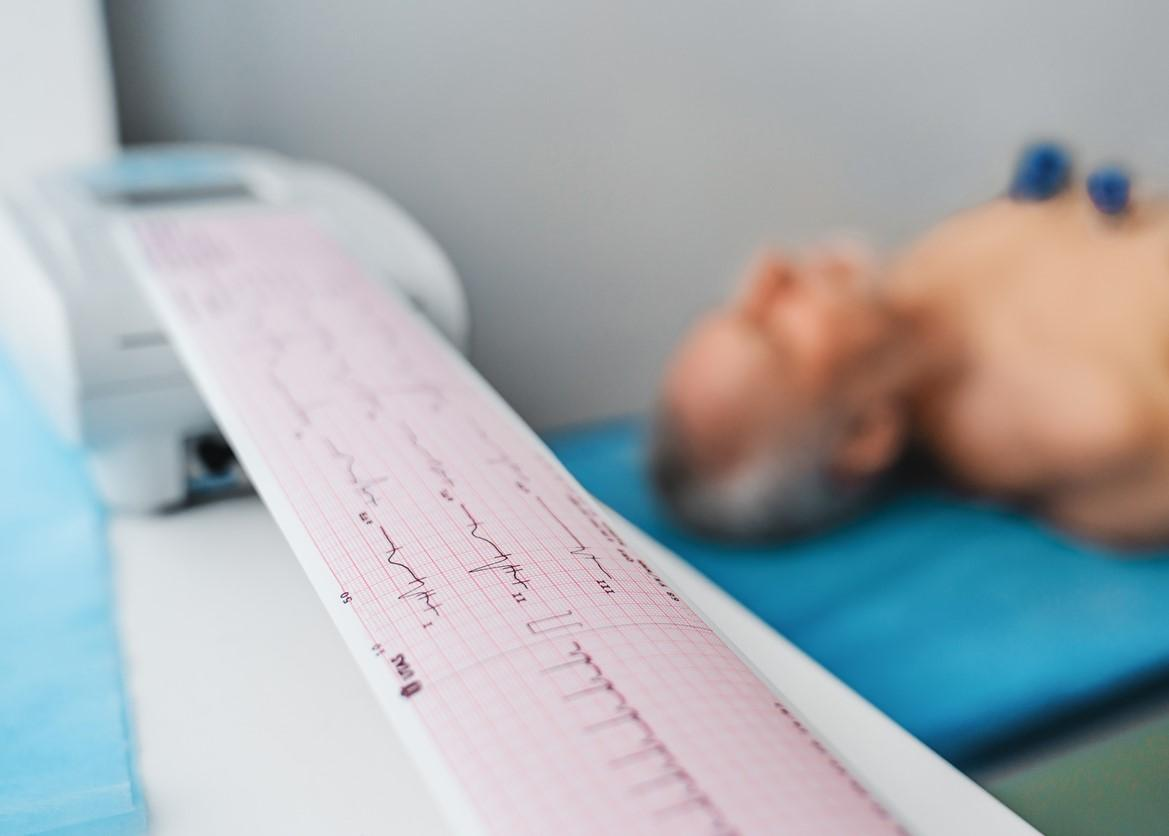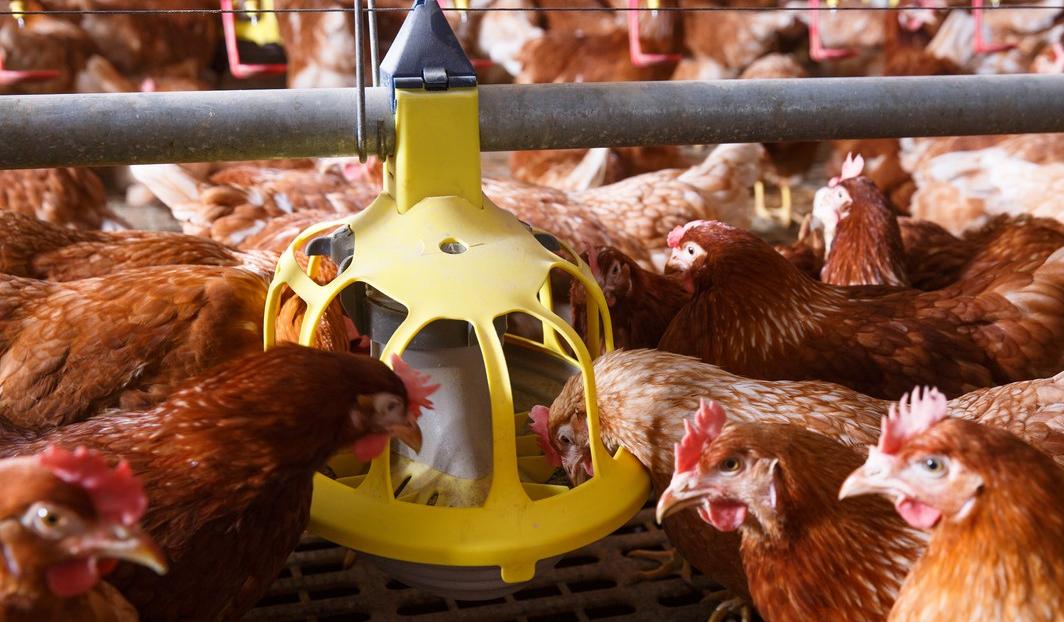The US Department of Education and the Administration for Strategic Preparedness and Response (ASPR), part of the Department of Health and Human Services (HHS), yesterday announced a plan to distribute free COVID-19 tests to school districts.

Districts can order the tests directly from the government starting in early December. Roberto Rodriguez, the education department's assistant secretary for planning, evaluation, and policy development, said, "These self-tests are easy to use and can play an important role in preventing the spread of COVID-19. We encourage schools to make use of these free resources to safeguard students, parents, and staff throughout the 2023-24 school year."
Officials said they expect millions of tests to be sent out for stocking school nurses' offices, distributing at events, sending home with students or parents, and more.
HHS Assistant Secretary for Preparedness and Response Dawn O'Connell, JD, said making free tests available ensures that students and staff can test through the winter months, adding that a close relationship with school districts can help keep communities healthy.
So far, the federal government has distributed 1.6 billion free COVID tests to households, schools, long-term care facilities, community health centers, and food banks. It said it is sending out 4 million tests each week, a number expected to rise as school districts begin ordering tests. On November 20, HHS opened up another round of free COVID test ordering for households.













